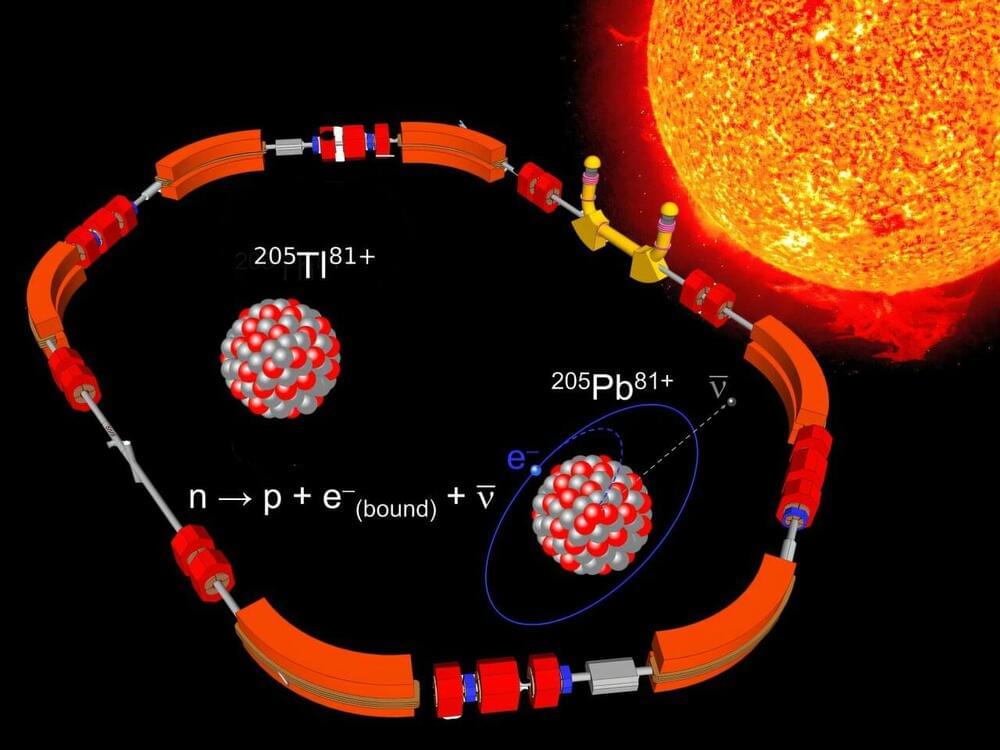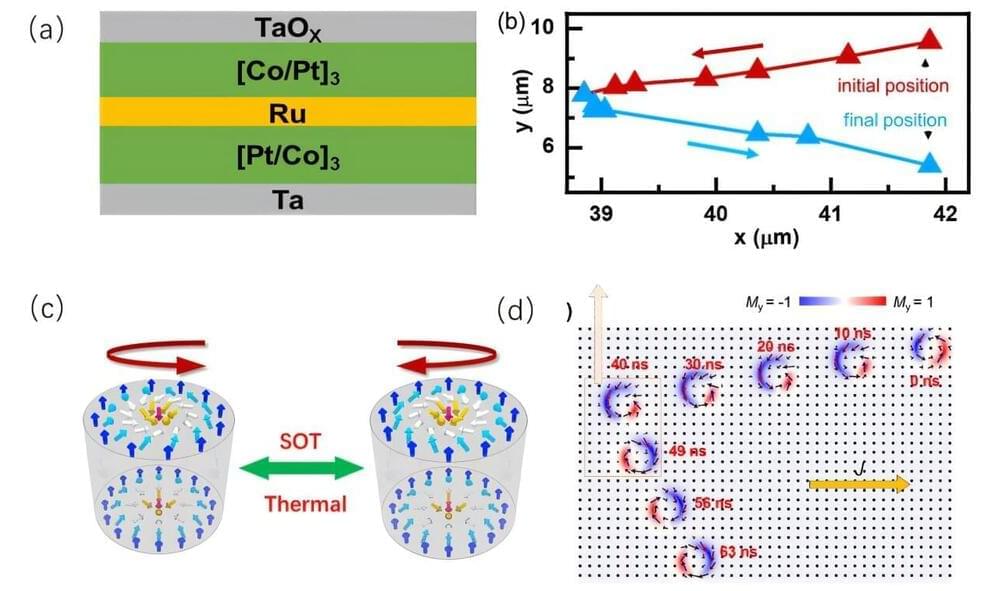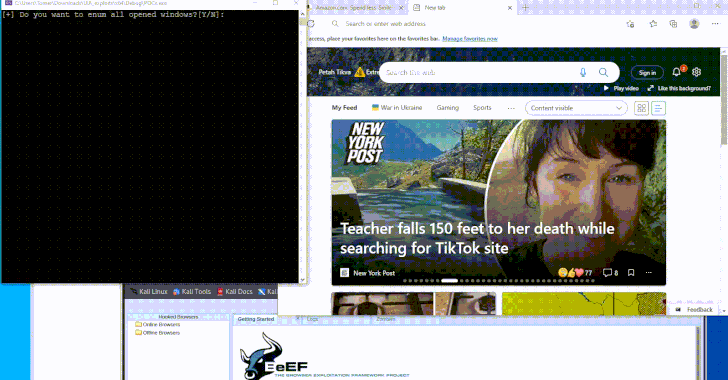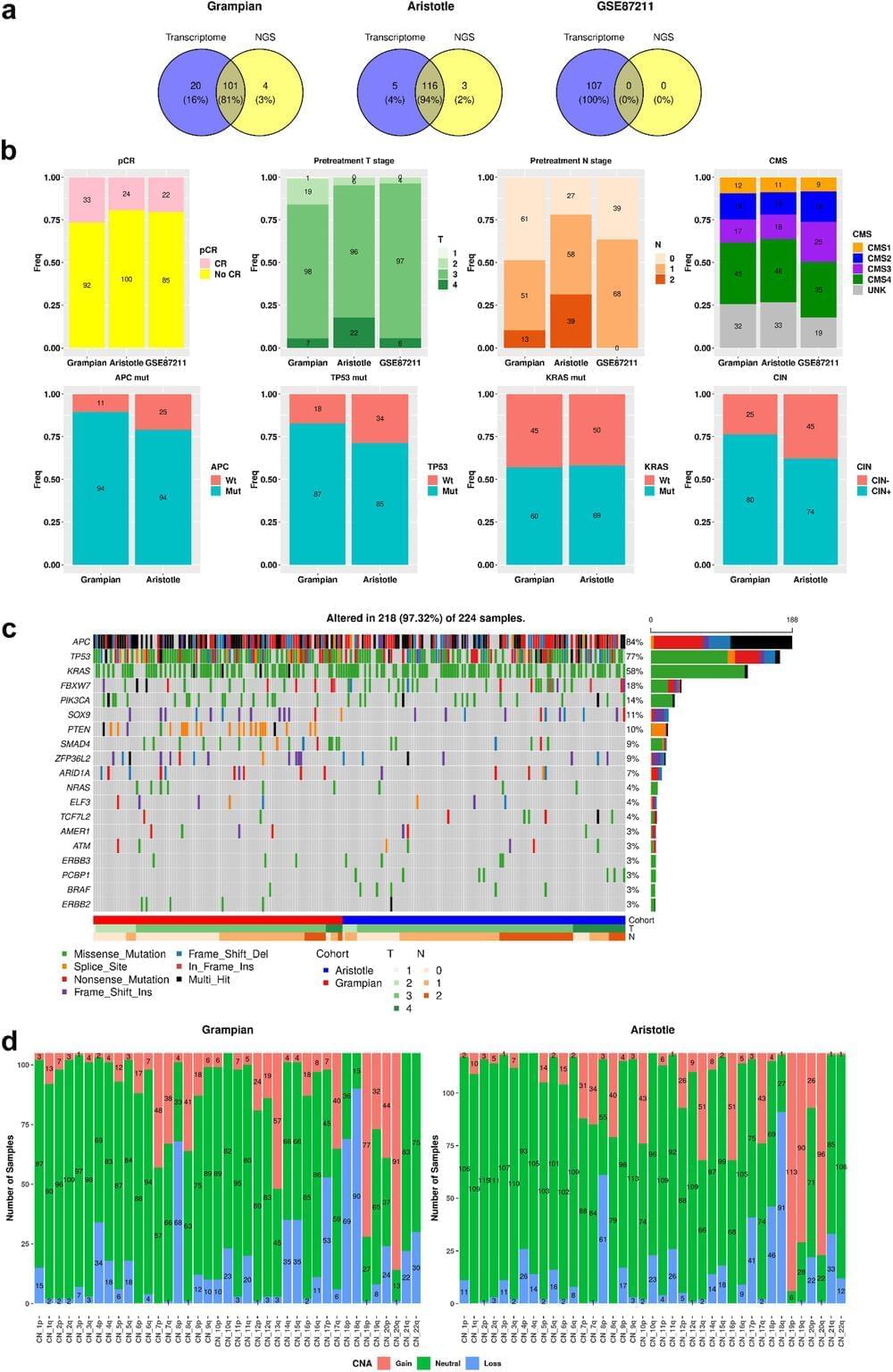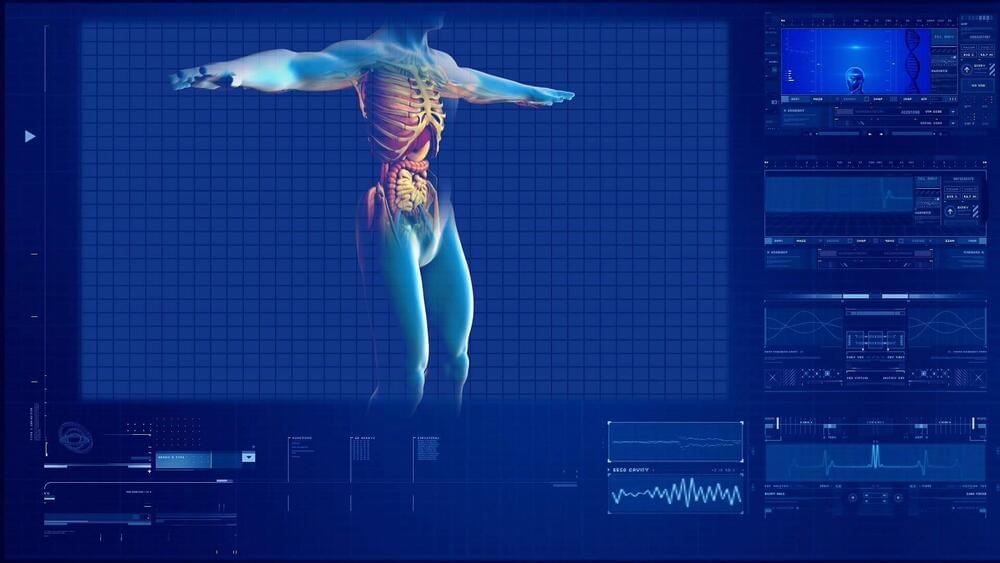Dec 12, 2024
Eyes on the sun: Naked thallium-205 ion decay reveals history over millions of years
Posted by Saúl Morales Rodriguéz in categories: chemistry, climatology, evolution, nuclear energy, particle physics, sustainability
The sun, the essential engine that sustains life on Earth, generates its tremendous energy through the process of nuclear fusion. At the same time, it releases a continuous stream of neutrinos—particles that serve as messengers of its internal dynamics. Although modern neutrino detectors unveil the sun’s present behavior, significant questions linger about its stability over periods of millions of years—a timeframe that spans human evolution and significant climate changes.
Finding answers to this is the goal of the LORandite EXperiment (LOREX) that requires a precise knowledge of the solar neutrino cross section on thallium. This information has now been provided by an international collaboration of scientists using the unique facilities at GSI/FAIR’s Experimental Storage Ring ESR in Darmstadt to obtain an essential measurement that will help to understand the long-term stability of the sun. The results of the measurements have been published in the journal Physical Review Letters.
LOREX is the only long-time geochemical solar neutrino experiment still actively pursued. Proposed in the 1980s, it aims to measure solar neutrino flux averaged over a remarkable four million years, corresponding to the geological age of the lorandite ore.
